NBC News
Florida school shooting: These are the 17 victims
by Jonathan Sperling February 17, 2018
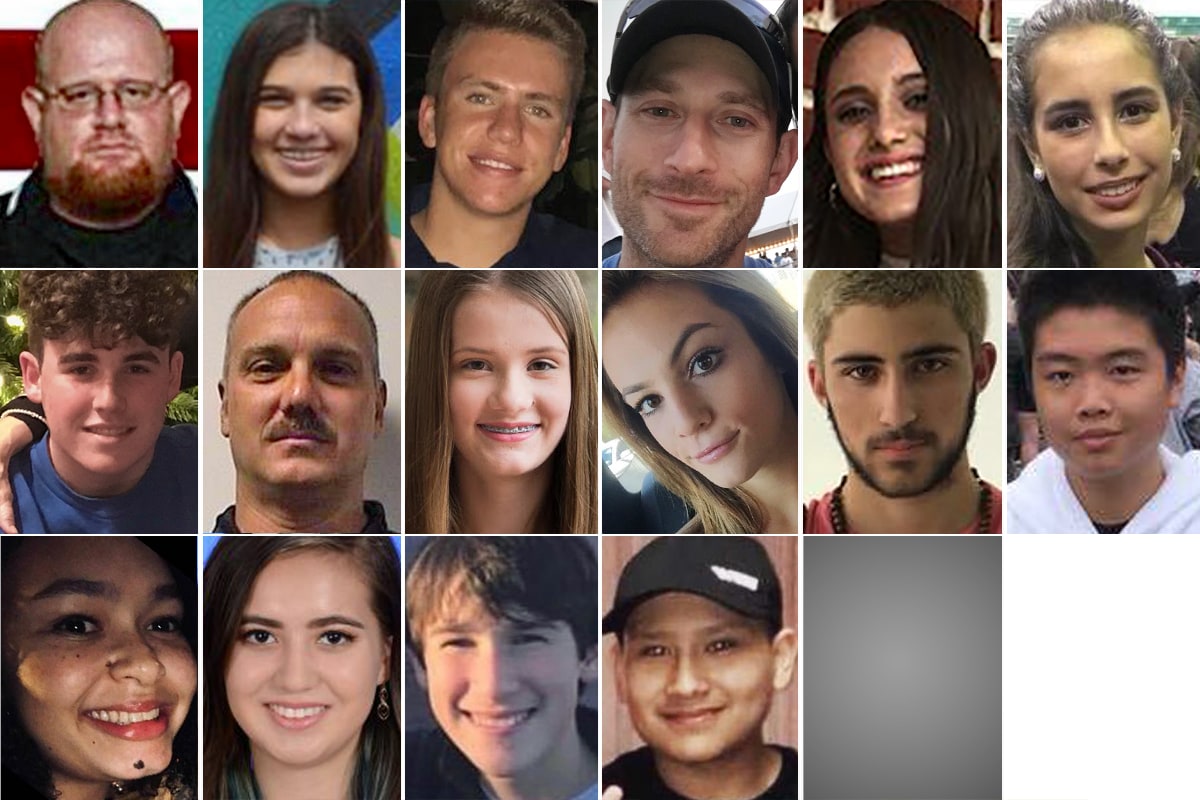
Alyssa Alhadeff, 14 – Student

She was a member of the school’s Parkland Soccer Club, who honored her in a Facebook post.
“Alyssa Alhadeff was a loved and well respected member of our club and community. Alyssa will be greatly missed. Our thoughts and prayers go out to her family and all the other victims of this tragic event,” the post read.
Scott Beigel, 35 – Geography Teacher and Cross Country Coach
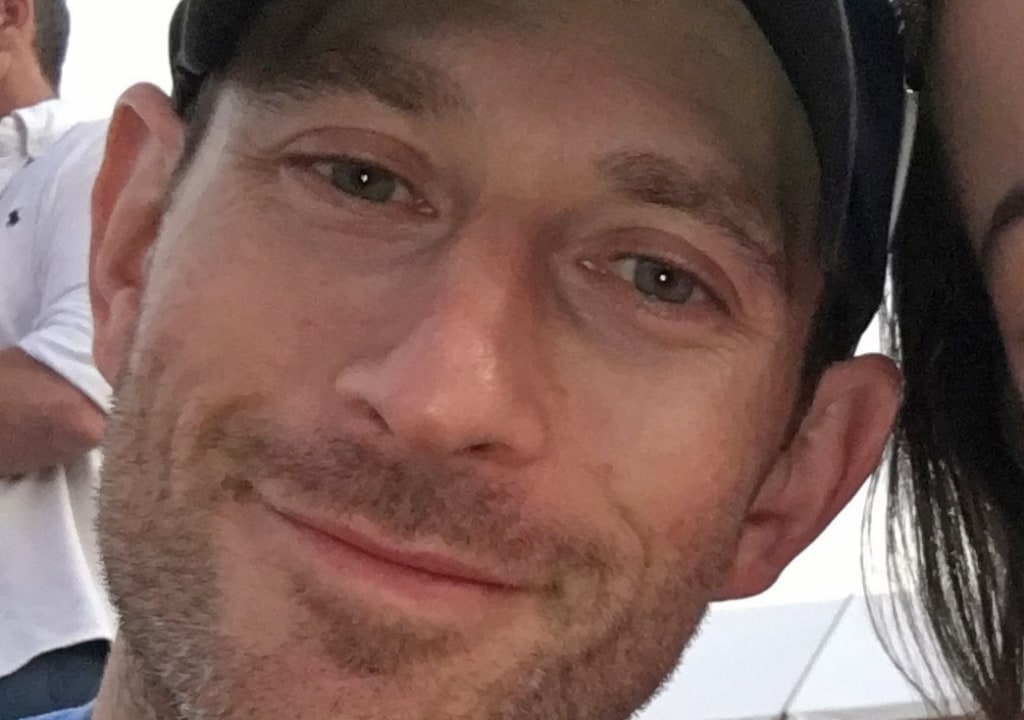
Beigel was one of several adults at the school who died while protecting students from streams of gunfire.
According to the Sun-Sentinel, Beigel was shot and killed when he unlocked his classroom door in order to allow students to take refuge from the gunman. He was mortally wounded while trying to re-lock the door.
Martin Duque Anguiano, 14 – Student
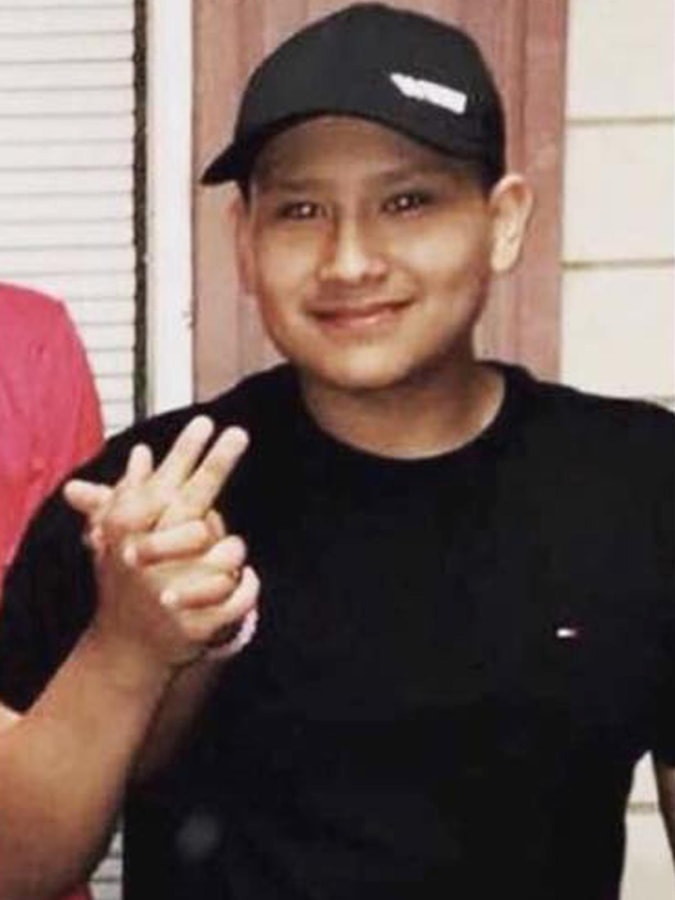
Martin was described as “a very funny kid, outgoing and sometimes really quiet,” in a description posted by his older brother, Miguel, on GoFundMe.
According to the Sun-Sentinel, Miguel also paid tribute to his brother on Instagram, stating, “Words can not describe my pain. I love brother Martin you’ll be missed buddy. I know you’re in a better place. Duques forever man I love you junior!!! R.I.P Martin Duque!” The caption was accompanied by a photo of Martin.
RELATED: FBI got tip on Florida shooter Nikolas Cruz in January, but didn’t ‘follow protocols’
Nicholas Dworet, 17 – Student

Nicholas was a swimmer at the school who had committed to competing at the college level at the University of Indianapolis at the beginning of February. He was named by the Sun-Sentinel a second-team All-County swimmer in Broward County for his 100-yard freestyle time.
His brother, Alexander, was grazed by a bullet in the back of his head.
In a statement made on Friday, Nicholas’ family said that he “dreamed of making the Olympic swim team and going to the 2020 Olympics in Tokyo” and that “he believed he could accomplish anything as long as he tried his best.”
Aaron Feis, 37 – Assistant Football Coach and Security Guard
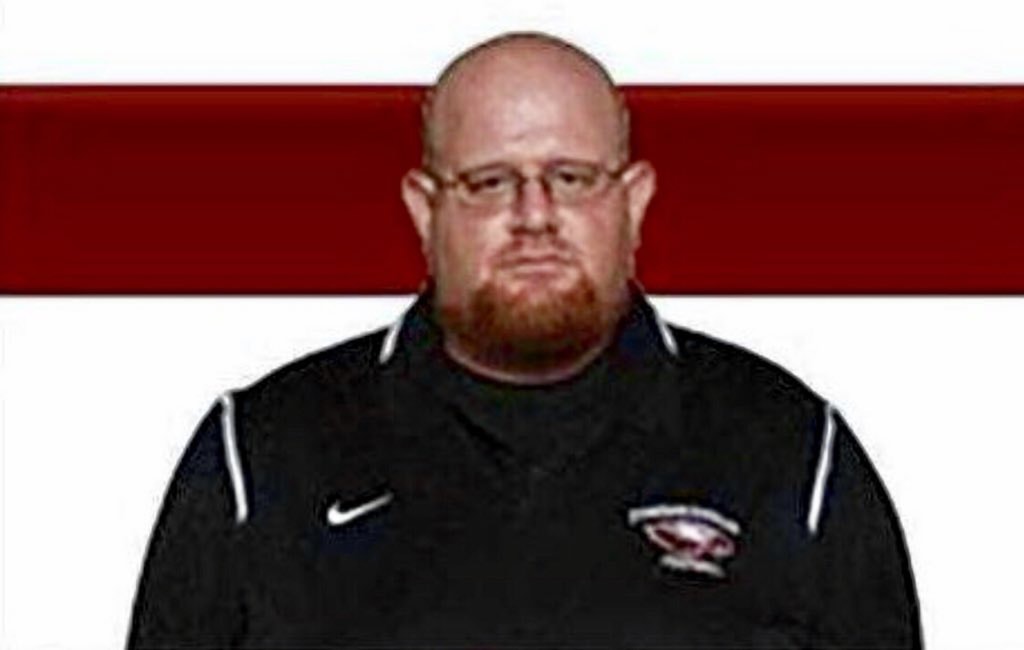
Feis died while using his body to shield students from bullets as the gunman opened fire.
Broward County Sheriff Scott Israel, a personal friend of Feis’, noted that the Marjory Stoneman Douglas High School alum and former football player was a beloved protector of those in the community.
“When Aaron Feis died — when he was killed, tragically, inhumanely — he did it protecting others, you can guarantee that, cause that’s who Aaron Feis was,” Israel said. “The kids in this community loved him, they adored him. He was one of the greatest people I knew, he was a phenomenal man.”
RELATED: Parkland school shooting: Football coach Aaron Feis died shielding students
Jaime Guttenberg, 14 – Student

Guttenberg was a dancer who was described as the “life of the party” during a statement made by her father, Fred, at a candlelight vigil on Thursday.
“My heart is broken. Yesterday, Jennifer Bloom Guttenberg and I lost our baby girl to a violent shooting at her school. We lost our daughter and my son Jesse Guttenberg lost his sister. I am broken as I write this trying to figure out how my family get’s through this,” Fred wrote in a Facebook post that was also made on Thursday.
Guttenberg’s Facebook page has been made into a memorialized account and features photos of her posing with friends and family.
Christopher Hixon, 49 – Athetic Director, Wrestling Coach and Security Specialist
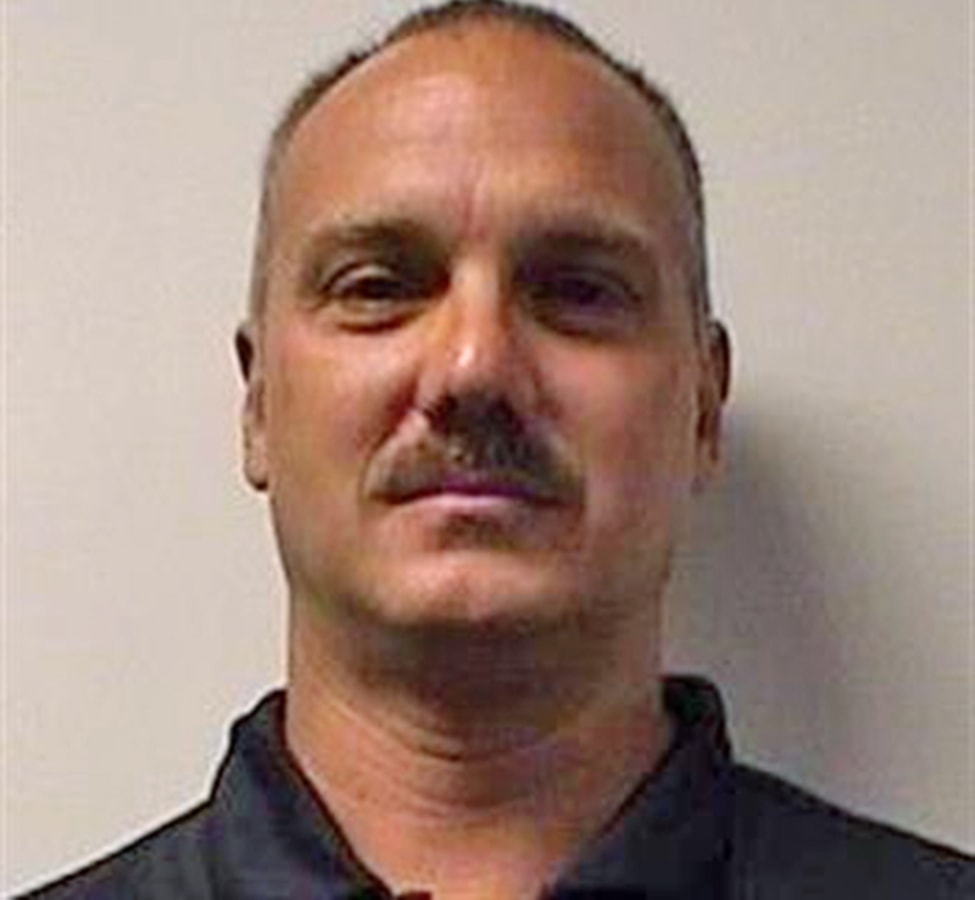
Hixon came from a family with an extensive background in the military and served in the U.S. Navy. He also was a huge influence on the school’s wrestling team and was killed while patrolling the school’s campus as part of his job as security specialist.
Douglas wrestler Karlos Valentin described the impact that Hixon has on his wrestlers in a statement made to the Sun-Sentinel.
“Coach Hixon, for me, was a father figure,” said Valentin, a senior heavyweight. ”We were pretty much with him six days a week – three-to-four-to-five hours. His loss was just terrible.”
Luke Hoyer, 15 – Student
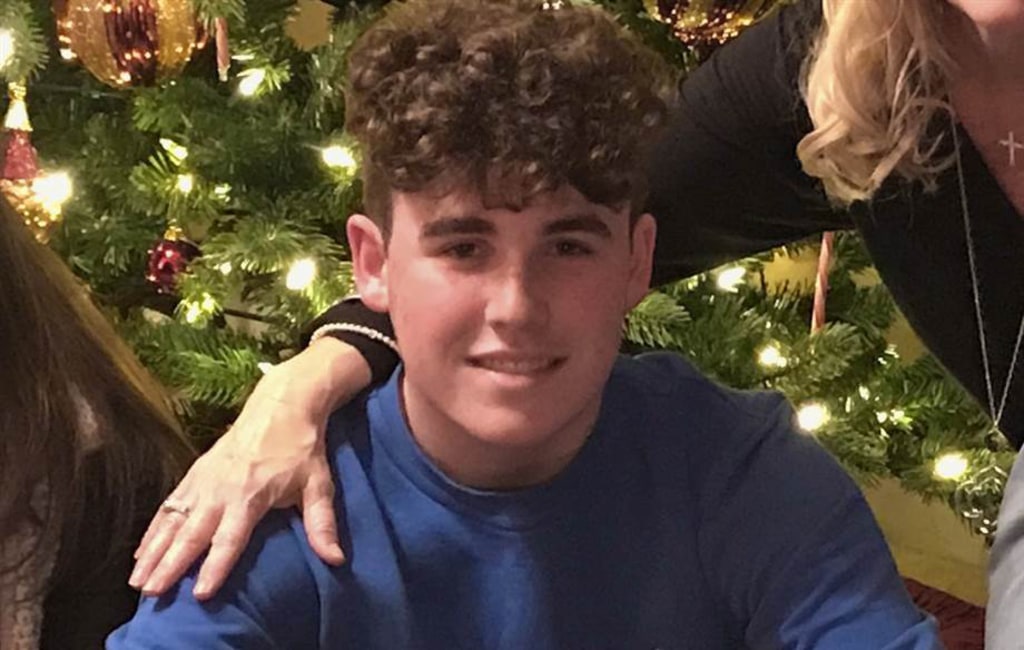
Luke was described as a “good kid” who “never got in trouble” by his grandparents, who live in South Carolina.
His uncle, Toni Brownlee, also posted about his death on Facebook: “This has devastated our family and we’re all in shock and disbelief. Our hearts are broken. Luke was a beautiful human being and greatly loved.”
RELATED: Day before Parkland, grandmother foiled grandson’s alleged school shooting plans
Cara Loughran, 14 – Student
Cara was a beach-lover and dancer whose death was felt deeply by her aunt, Lindsay Fontana.
“This morning, I had to tell my 8-year-old daughters that their sweet cousin Cara was killed in the shooting at Stoneman Douglas High School yesterday. We are absolutely gutted,” Fontana wrote in a Facebook post on Thursday. “While your thoughts are appreciated, I beg you to DO SOMETHING. This should not have happened to our niece Cara and it can not happen to other people’s families.”
According to The Baltimore Sun, Loughran’s death was also felt by Baltimore Ravens running back Alex Collins, who received Irish dance training at the Drake School in Florida. Loughran was one of three dancers at the school who also attended Douglas.
Gina Montalto, 14 – Student

Gina’s family described her as a hardworking student with a keen sense of humor who “melted each heart with an infectious smile that light up a room.”
“She was a kind spirit, always eager to lend a helping hand,” the family said in a statement. “Gina will be missed not only by her family, but by everyone whose life she touched.”
Gina was also a member of Douglas’ winter guard on the school’s state-champion marching band, which was scheduled to perform at a regional competition in Tampa on Saturday, according to the Sun-Sentinel.
The winter guard’s instructor, Manuel Miranda, wrote a Facebook post about Montalto on Wednesday.
“My heart is broken into pieces. I will forever remember you my sweet angel,” Miranda wrote.
Joaquin Oliver, 17 – Student
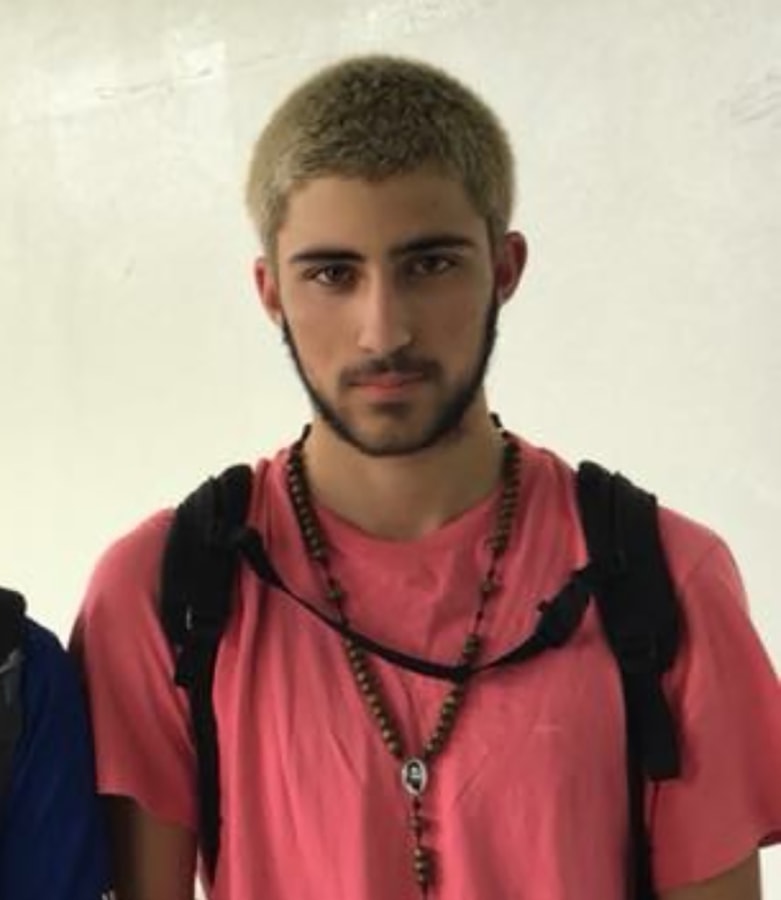
Joaquin was a hip hop and sports lover who became a naturalized American citizen in January 2017, after moving to the United States from Venezuela at the age of 3, according to the Sun-Sentinel.
Because students often had difficulty pronouncing his name, Oliver went by the nickname “Guac,” short for “guacamole.”
“He’s just a goofball. He’s the only kid you’d know that would dye his hair bleach-blond, walk around school, put some tiger stripes in and just be unique. He was a unique soul,” said Tyra Hemans, 19, who said she had been friends with Oliver since freshman year.
Alaina Petty, 14 – Student

Alaina was extremely devoted to her local community, according to a statement made by her family via the Latter-day Saints Living publication.
“It is important to sum up all that Alaina was and meant to her family and friends,” the statement said. “Alaina was a vibrant and determined young woman, loved by all who knew her. Alaina loved to serve.”
RELATED: After Florida shooting, Trump offers comfort — to gun owners
Meadow Pollack, 18 – Student

According to her cousin, Jake Maisner, Meadow was the youngest member of her family and enjoyed spending time with her family, the Sun-Sentinel reports.
Maisner also added that his cousin had planned on attending Lynn University in Boca Raton after she graduated.
Helena Ramsay, 17 – Student
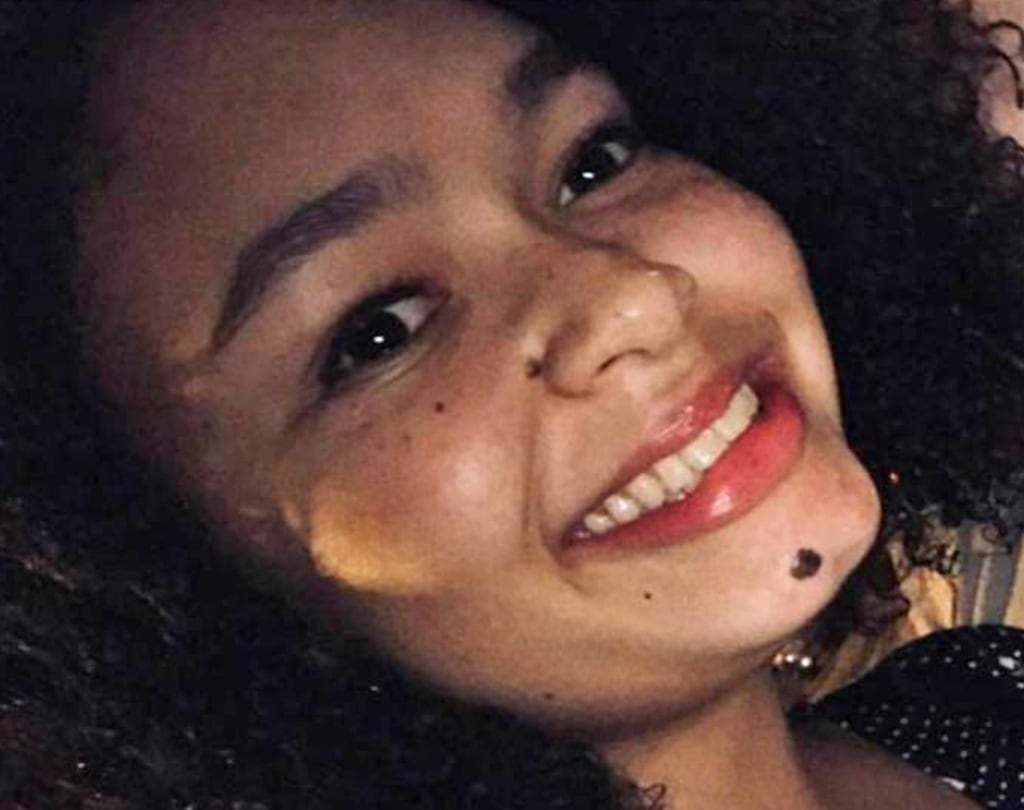
Her relative, Curtis Page Jr., posted on Facebook that Helena was “a smart, kind hearted, and thoughtful person. She was deeply loved and loved others even more so. Though she was some what reserved, she had a relentless motivation towards her academic studies, and her soft warm demeanor brought the best out in all who knew her. She was so brilliant and witty, and I’m still wrestling with the idea that she is actually gone.”
Page also noted that Helena was planning on going to college next year.
Alexander Schachter, 14 – Student
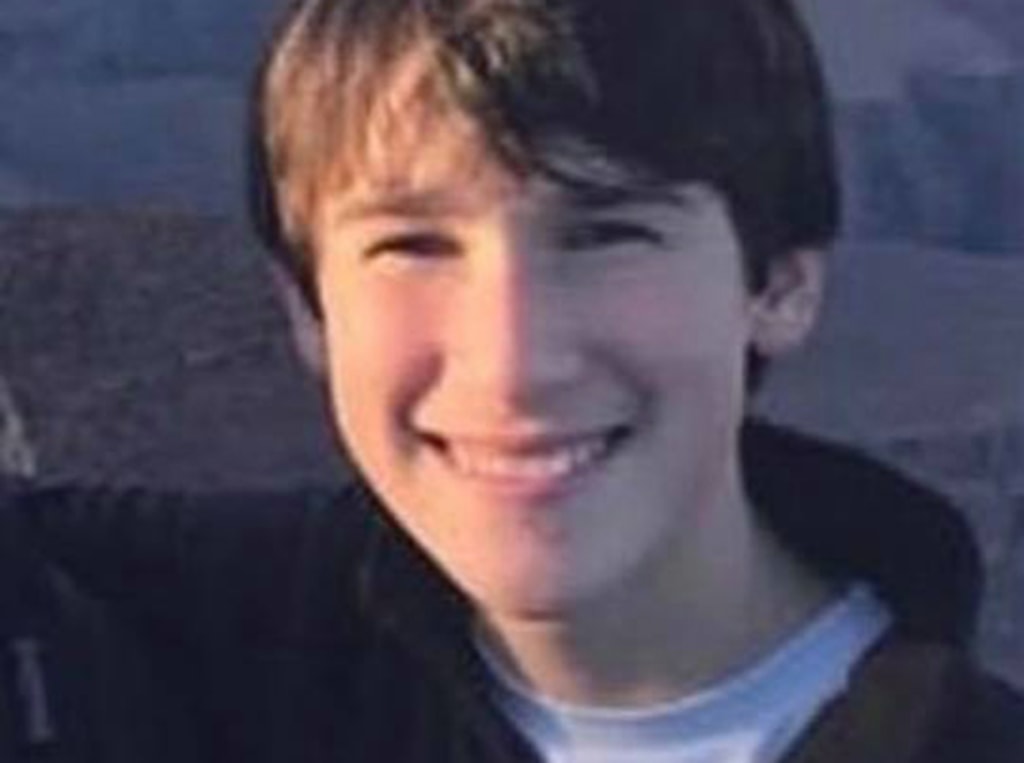
According to a GoFundMepage setup by Schachter’s family in the wake of his death, Schachter played the trombone and baritone as a member of Douglas’ marching band.
Schachter’s family stated on the page that “He was a sweetheart of a kid!” and “survived by his heartbroken parents, three siblings, grandparents and countless cousins, aunts, uncles and friends.”
Carmen Schentrup, 16 – Student

Last September, Carmen was named one of 53 National Merit Scholarship Program semifinalists in the county. She was one of 10 Douglas students to qualify as a semifinalist, according to The Eagle Eye, the school’s student-run news magazine.
Carmen was also a piano student who had performed on Saturday at Broward College for the South Florida Music Teachers Association Spring Festival.
Peter Wang, 15 – Student

Peter was a member of the JROTC program at Douglas. His cousin, Aaron Chen, told the Miami Heraldthat Peter was last seen wearing his uniform and holding the door open so that people could escape. He had planned on celebrating the Chinese New Year with his family.
Peter’s friend, Gabriel Ammirata, also told the paper that he “funny, nice and a great friend. He’s been my best friend since third grade.”


 American biathlete Lowell Bailey has no interest in owning a weapon that is “designed to kill another human being.” (Getty)
American biathlete Lowell Bailey has no interest in owning a weapon that is “designed to kill another human being.” (Getty) American Tim Burke, an avid hunter, says: “If locking up all of my sports rifles, my hunting rifles, meant saving one life, I would do it.”
American Tim Burke, an avid hunter, says: “If locking up all of my sports rifles, my hunting rifles, meant saving one life, I would do it.”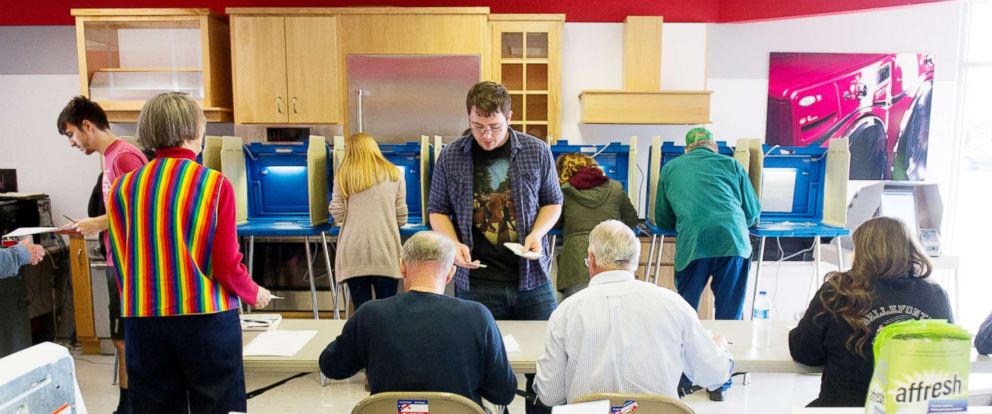
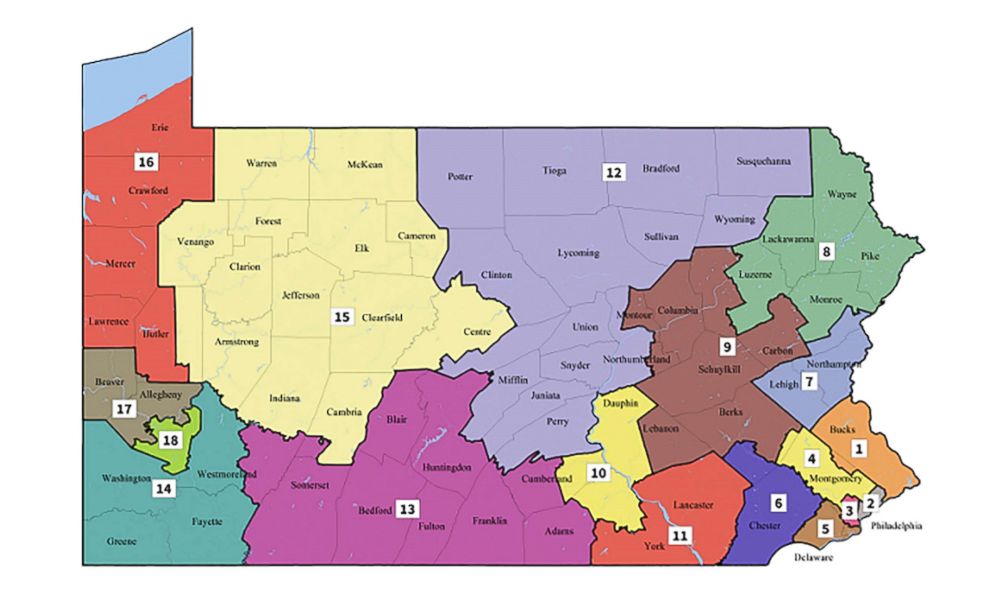
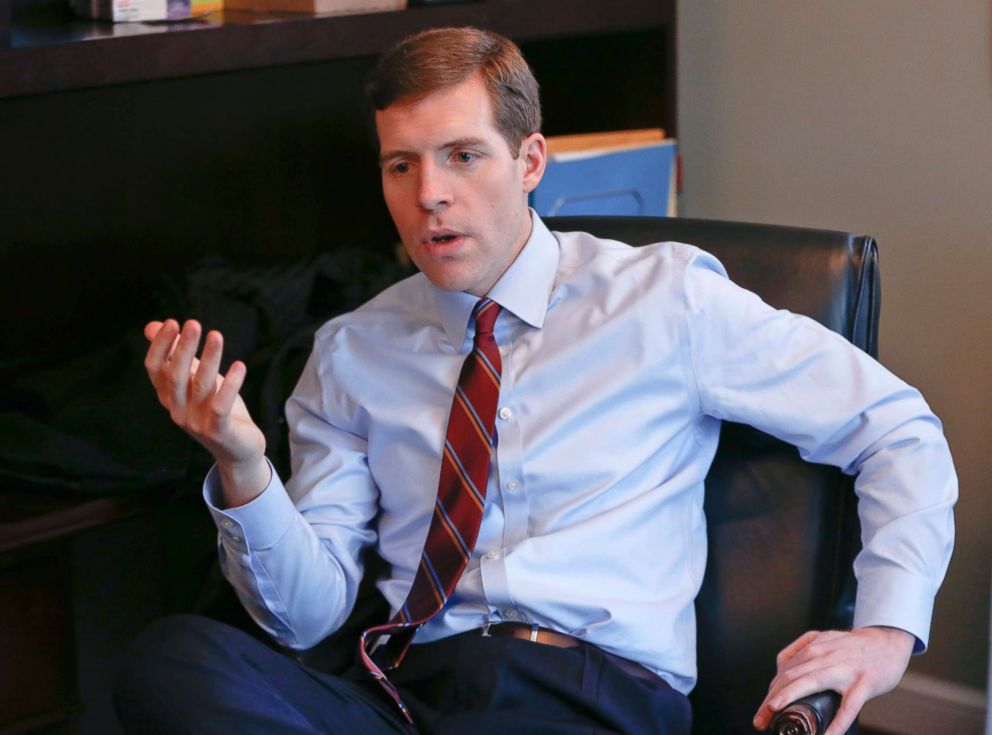
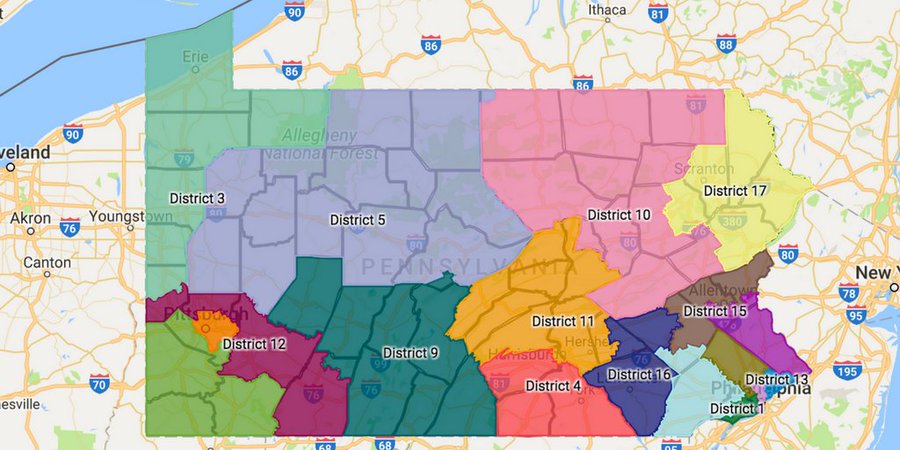


 President Trump in Washington on Friday. CreditTom Brenner/The New York Times
President Trump in Washington on Friday. CreditTom Brenner/The New York Times